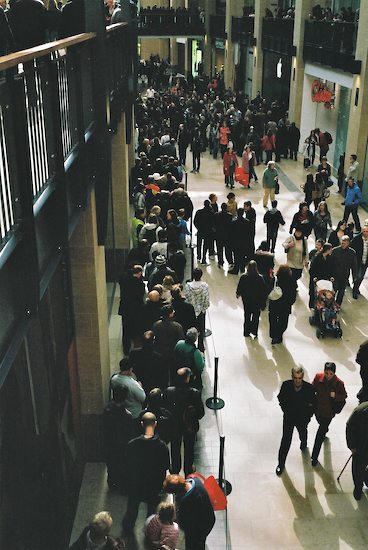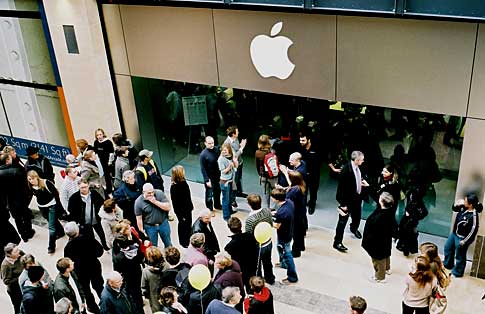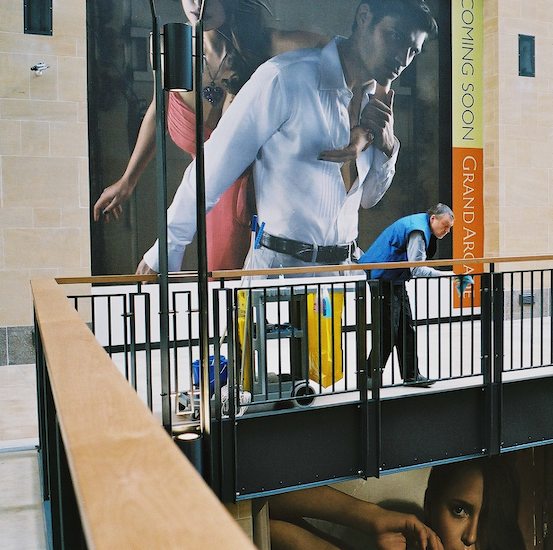From this week’s Economist…
CAPITALISM without bankruptcy, it is said, is like Christianity without hell. With recession looming, the air in America’s bankruptcy courts is thick with brimstone and the coals are being heated in readiness for the many sad souls whose sin was to borrow too much. After several heavenly years, in which bankruptcies fell to record lows, going bust is back. How bad will things get?
If the debt markets are to be believed, companies could be in at least as much trouble as they were in the previous two downturns, in the early 1990s and at the start of this decade, after the dotcom bubble burst. A leading indicator is the spread between yields on speculative “junk” bonds and American Treasury bonds. A year ago, the spread was only about 280 basis points; the long-term average is around 500 points. This month the spread exceeded 800 points for the first time since March 2003, reaching 862 on March 17th…
It’s a deliciously incomprehensible article. At one point, for example, it explains that
the difference between corporate-bond spreads and actual default rates is unusual and hard to explain: on the previous occasions when spreads have exceeded 800 points, the default rate was already 9.43% in 1990 and 5.44% in 2000. That said, the huge amounts of “covenant lite” debt issued in the credit boom of 2005-07, which gives lenders much less power to demand their money back than in the past, may have delayed the moment of default for many underperforming firms. So FridsonVision looked at the ten firms in which spreads exceeded 1,000 points by the smallest amounts. If these were merely victims of irrational pessimism in the market, they ought to be in relatively good shape. In fact, the analysts found plenty of reasons to worry. The companies included household names such as Beazer Homes, Ford and Rite Aid, all of which are “exhibiting classically distressed behaviour of downsizing amid recurring losses.”
And as for the mischief that hedge funds might get up to in the present crisis, well…
In a bankruptcy, a hedge fund could use the voting rights attached to different securities to maximise the overall value of its holdings in the firm at the expense of other investors.
Imagine, for instance, a hedge fund that owns debt secured against a company asset. It may prefer to force the firm into liquidation in order to win that asset rather than engage in a restructuring negotiation that will keep the firm alive. Meanwhile, it can boost its returns by short selling its unsecured debt and its equity. Or suppose that a hedge fund owns credit-default swaps as well as a firm’s debt. If the fund makes enough money from the pay-out of the credit-default swaps, it may prefer to use the voting rights on its debt to ensure that the firm goes bust rather than negotiate a way to avoid bankruptcy.
Got that? Good. Neither have I.




